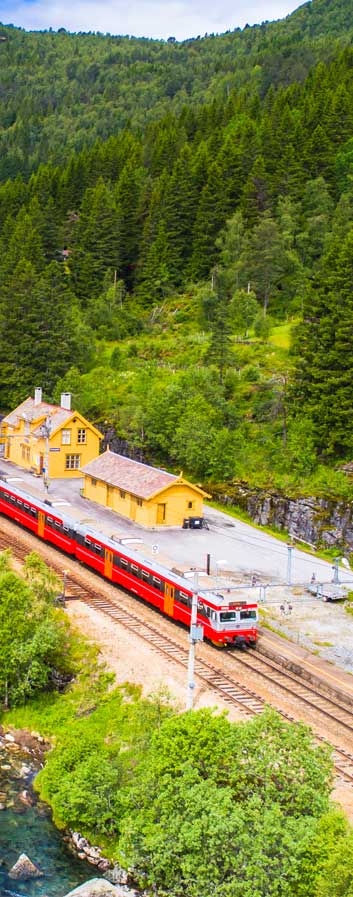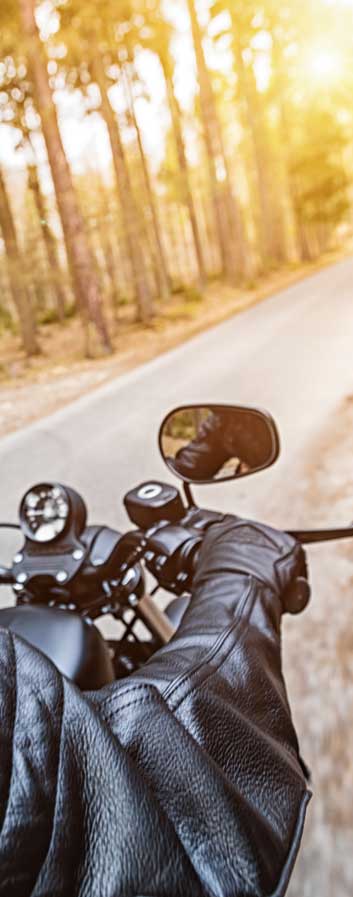Misfat Al Abreyeen, Nizwa, Oman
Even as the Sultanate has dramatically transformed itself into a sparkling modern state during the reign of His Majesty Sultan Qaboos in the last 28 years, the country resolutely preserves its distinct identity revealed in the traditional customs, heritage and culture spanning all aspects of life. While Oman has succeeded to combine modernity with tradition, some ancient villages have chosen to cling more on their rich traditional past. The geographical features of such locations may have played a major role in determining their refusal to opt for a different lifestyle. Life on Misfat al Abreyeen in the wilayat of Al Hamra is a classic hand-over legacy practised by many generations. The mountain village set amidst stunning landscape has hardly changed over the years except for some developmental works like roads, electricity and telecommunication networks benefiting the residents.
The most striking features of Misfat al Abreyeen are the ancient houses perched on top of the mountains and the green island of date palms that run up the heights. The flourishing date palms on the mountain is a rare sight as in most other areas they grow on the plains. The falaj which runs through the village no doubt has ensured the sustenance of the date palms. For a first-timer to Misfat al Abreyeen, such a scenic landscape will be really out of this world. A tarmac road leads up to the mountain village thereby facilitating the movement of even small cars to the area. The easy road access has made the village a popular place in the Sultanate. The traditional houses standing on the mountain appear like a turban on the lively date palm plantation. People continue to live in these houses, some of which are built on large rocks. The availability of water to a great extent has ensured the continuance of the thriving village of Misfat al Abreyeen.
Wherever water proved an ally, Omani settlements have flourished, even if other hardships need to be endured in such areas.At the edge of the village some new houses have sprung up as the old settlement does not have any room for further expansion. Before the construction of the road, the villagers faced difficulties in transporting goods for their daily requirements. Donkeys were used then to carry heavy loads on the 800-metre climb. The ancient houses have unique designs with arched passageways and the rooms are spread out in two or three levels. Beyond the village, the road leads to a pool of water created by the overflow of the falaj. Local children swim in the three-metre deep pool, diving from the roof of an adjacent house. The falaj goes around the village up to the point where the date palms stand.
If you go beyond the pool, the village majlis and mosque can be reached where traditional pots called jahla are kept on the road for visitors to have drinking water. Jahla can also be seen hanging from windows of the traditional houses. With the fruits of development reaching Misfat al Abreyeen, a water cooler has also taken its position now next to the traditional jahla. However, visitors prefer to drink from the jahla as the water in it has a refreshing taste. If you explore the village along the falaj route, against the water flow, after a two-km trek, you will reach the first point of the falaj which streams down from big rocks where the passage has been cut properly to avoid wastage of water. Down below, Wadi Misfat comes into sight. If you follow the water flow direction, after a two-hour trek, you will reach the bottom of the village from where when you look up the date palm plantations make an imposing view.
On top of the village, a watchtower stands out as though proclaiming the role played by it in protecting the village in the past.The villagers also grow lemon and banana in Misfat al Abreyeen. If you walk down the lemon fields, the fruit can be seen lying all over the ground. However, nobody will pick them up as they know clearly to whom they belong. The residents of Misfat al Abreyeen are very healthy as they carry loads of farm produce from the fields to the village, walking up and down at least three times a day. The lifestyle of the farming community has hardly changed despite modern development reaching the village which has succeeded in combining modernity and tradition.
The municipality has built a park at the entrance of the village for visitors to relax. Those visiting the area must, however, be careful while exploring the village and must seek permission before taking pictures of the villagers, especially women.


































